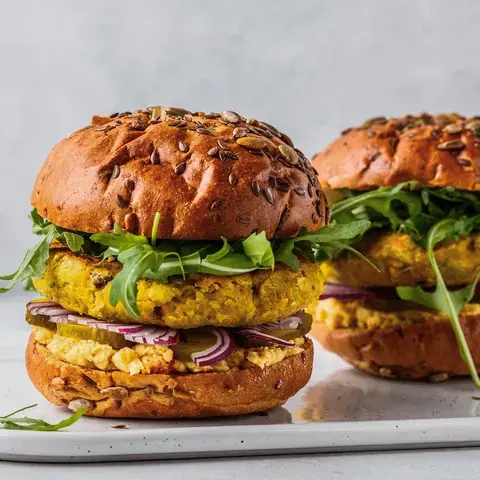Other tips and tricks for storing chocolate
Most of us probably don’t run up against the question of how to best store chocolate very often; the chocolate is gone long before the issue arises. But if you have titanium-alloy self-restraint or buy chocolate in industrial quantities, there are a few ways to make sure it stays fresh and flavourful for as long as possible.
Chocolate’s three mortal enemies are air, light, and heat. As mentioned above, chocolate stored in an airtight container in a cool, dark place, is going to fare much better than a bar set out on a sunlit counter. That’s just common sense. But other tips may be less obvious:
- Don’t store chocolate in the refrigerator. It can take on the odours and flavours of other foods stored there.
- Even artificial light can negatively affect chocolate’s flavour, so avoid all kinds of light when storing chocolate.
- If you have to store chocolate for very long periods of time, it can be frozen (though this is not ideal. See the first bullet). Chill it progressively by moving it first to the fridge, then the freezer. To thaw it, reverse the same gradual process.
If your chocolate has been stored properly, you aren’t taking too many risks by eating it if (providing it isn’t decades out of date!). Having said that, there have been cases of salmonella poisoning arising from incorrectly stored expired candy containing chocolate alongside other ingredients more prone to spoiling quickly. If in doubt, check the ingredients and don’t take any risks. It’s only empty calories anyway!
If you’re keen to try out some new chocolate recipes in your baking, it’s always best to buy fresh ingredients. This Christmassy chocolate peppermint bark is dead easy to make for a great seasonal gift. A more sophisticated recipe with plenty of impact comes courtesy of three-Michelin-starred chef Andreas Caminada, who shares his delicious chocolate truffle slice. Finally, perfect for the chocoholic in your life, the classic flavour combination of chocolate and raspberry lies behind this impressive dessert roll.
Can chocolate go off?
credit: Eat By Date
Follow Fine Dining Lovers on Facebook













